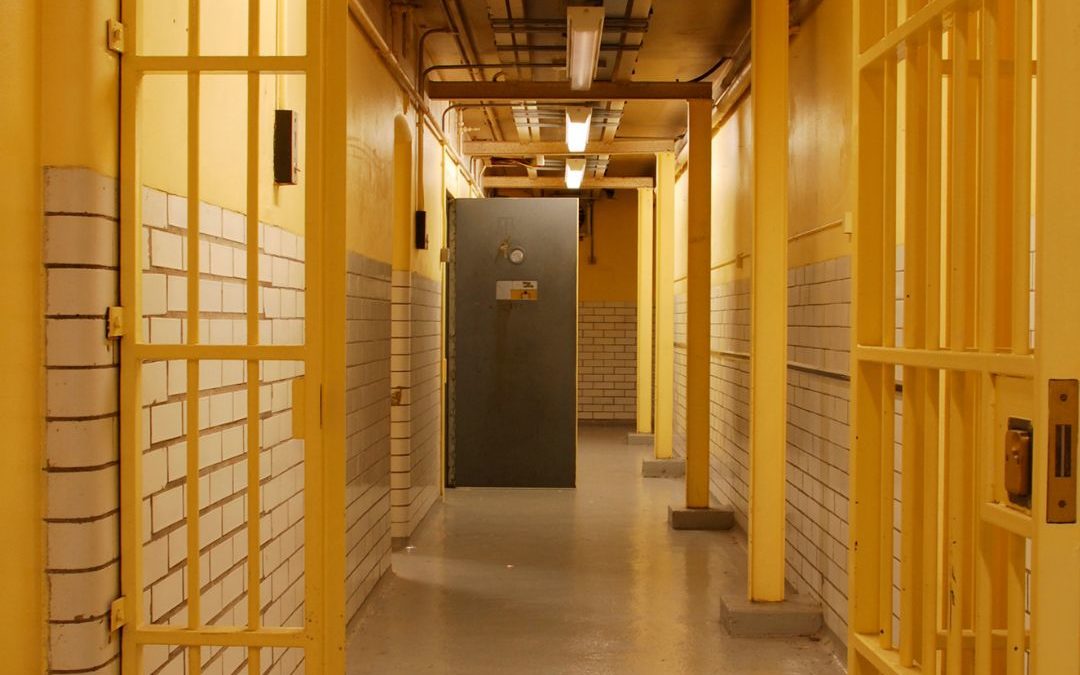Wrongful Convictions – Introduction
The justice system is designed to protect society, uphold the law, and ensure that those who commit crimes are held accountable. However, it is not infallible. Sometimes, innocent people are wrongfully convicted for crimes they did not commit. This article seeks to shed light on what wrongful convictions entail and the plight of those who have been wrongfully convicted.
Defining Wrongful Convictions
A wrongful conviction occurs when an innocent person is found guilty in a court of law for a crime they did not commit. It represents a significant failure in the judicial process where the mechanisms of justice misfire, leading to severe consequences for the wrongfully convicted individual.
Wrongful convictions can occur due to various reasons such as false confessions, government misconduct, eyewitness misidentification, inadequate defense, or flawed forensic science. The wrongfully convicted often spend years or even decades behind bars before their innocence is proven and they are exonerated.
The Impact on the Wrongfully Convicted
The impact of being wrongfully convicted extends far beyond just serving time in prison for a crime one didn’t commit. It’s a life-altering event that affects every aspect of an individual’s life – personal relationships, career prospects, mental health, and overall quality of life.
Imagine losing years or even decades of your life behind bars while knowing you’re innocent. The psychological trauma associated with this experience can be overwhelming. Many wrongfully convicted individuals struggle with depression, anxiety, post-traumatic stress disorder (PTSD), and other mental health issues even after their release.
Moreover, reintegration into society after exoneration can be challenging. The stigma attached to being a former inmate can make it difficult to find employment or housing. Many exonerees also struggle with rebuilding relationships with family and friends who may have doubted their innocence.
Preventing Wrongful Convictions
Preventing wrongful convictions is a complex task that requires systemic changes in the judicial process. This includes improving police investigation procedures, enhancing the reliability of forensic science, ensuring adequate defense for all defendants, and holding prosecutors accountable for misconduct.
Eyewitness identification reform is one area that could significantly reduce the risk of wrongful convictions. Research has shown that faulty eyewitness identification is a leading cause of wrongful convictions. Implementing best practices such as double-blind lineups and proper witness interviewing techniques can help minimize errors.
Similarly, ensuring access to competent defense counsel can also help prevent wrongful convictions. Many wrongfully convicted individuals were represented by overworked public defenders or lawyers who lacked the necessary experience or resources to provide an adequate defense.
The Role of DNA Evidence in Exonerating the Wrongfully Convicted
In recent years, DNA testing has emerged as a powerful tool in proving the innocence of wrongfully convicted individuals. The Innocence Project, a non-profit legal organization committed to exonerating wrongly convicted people through DNA testing, has played a significant role in this regard.
Since its inception in 1992, The Innocence Project has helped exonerate over 375 wrongfully convicted individuals in the United States. These cases have highlighted systemic issues within the justice system and have led to significant reforms aimed at preventing future wrongful convictions.
Conclusion
Wrongful convictions represent one of the most severe failures of our justice system. They rob innocent people of their freedom and shatter their lives while allowing real perpetrators to go unpunished. While efforts are being made to prevent these miscarriages of justice and support those who have been wrongfully convicted, there is still much work to be done.
As citizens, we must remain vigilant and informed about these issues and advocate for reforms that ensure fairness and accuracy in our justice system. After all, a system that can wrongfully convict one person is capable of doing so again – an injustice anywhere threatens justice everywhere.

